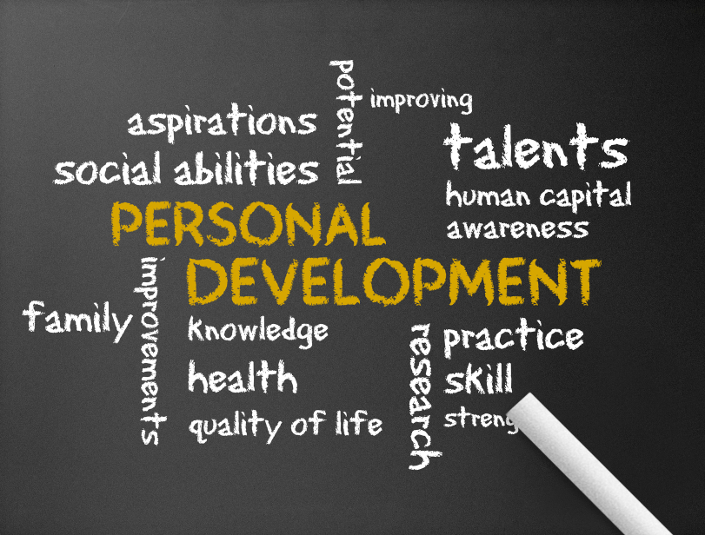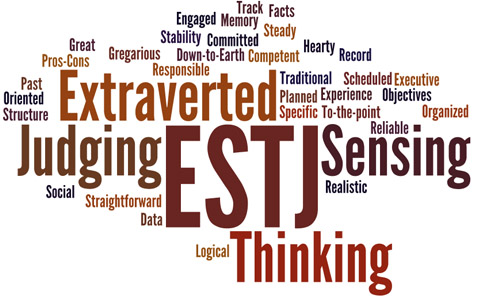15 Jun

Stay Connected – 








Using Myers-Briggs™ Type Indicator in Hiring Employees
For many businesses, one of their largest expenses are their employees—aside from health care, office space, and the associated computing hardware that is essential in today’s world—there are other costs that are not as easy to categorize and budget for. One of these costs of course is that of employee churn and also the initial hiring costs related to recruiters and Internet tools.
While the costs of using recruiters are fairly well known and established and in most cases account for a significant percentage of the new employee’s first year’s salary, a cost that is not often considered is that of employee replacement due to personality conflict. In many cases—especially with established teams—a new hire might meet all of the criteria for the role in terms of technical knowledge and skills, but if they are unable to work with the team that is already doing the job due to personality conflicts, there are going to be problems. While in some cases these problems are fairly obvious to see in advance, even at the initial interview stage, in others it is significantly more difficult and almost impossible to determine without some specially designed tools. Some companies that have used this assessment include Pepsi, IBM, and Merck.
One of the best known and most useful of these tools is the Myers-Briggs™ Type Indicator. This psychometric test is a key tool to help determine how people perceive the world around them. While all people are unique with their own strengths and weaknesses, how they react and act in certain situations can be determined and by combining this tool into the early stages of the interview process it is possible to determine quite quickly whether or not your prospective candidates are suitable or not. It is of course essential that you have available the patterns of your existing team also as it is only by comparing the results of these two that you can determine whether they are a fit or not.
Where did it come from?
Developed during and after the Second World War by Katharine Cook Briggs and her daughter Isabel Briggs Myers, the personality preferences test was originally devised as a tool to help women identify the roles they would be most comfortable and effective fulfilling. This initial questionnaire grew through trial and simulation into the Myers-Briggs™ Type Indicator, which is currently the world’s most widely used personality assessment tool with over two million assessments administered annually.







